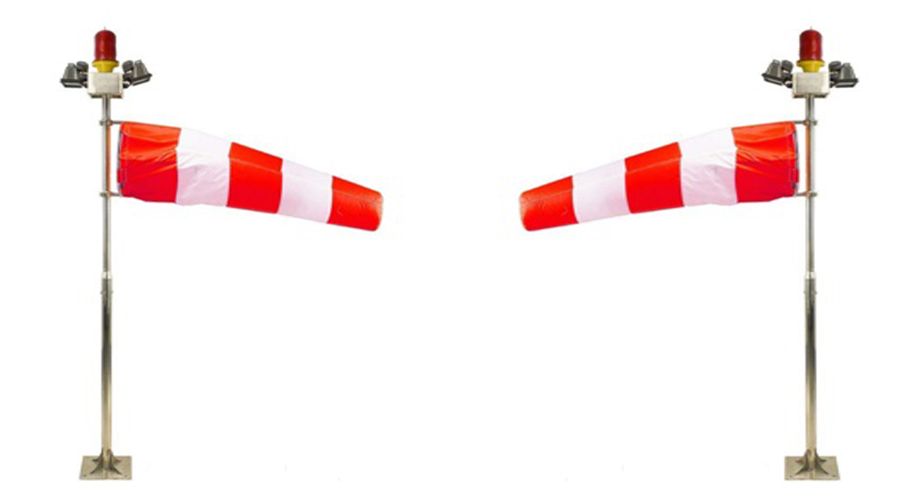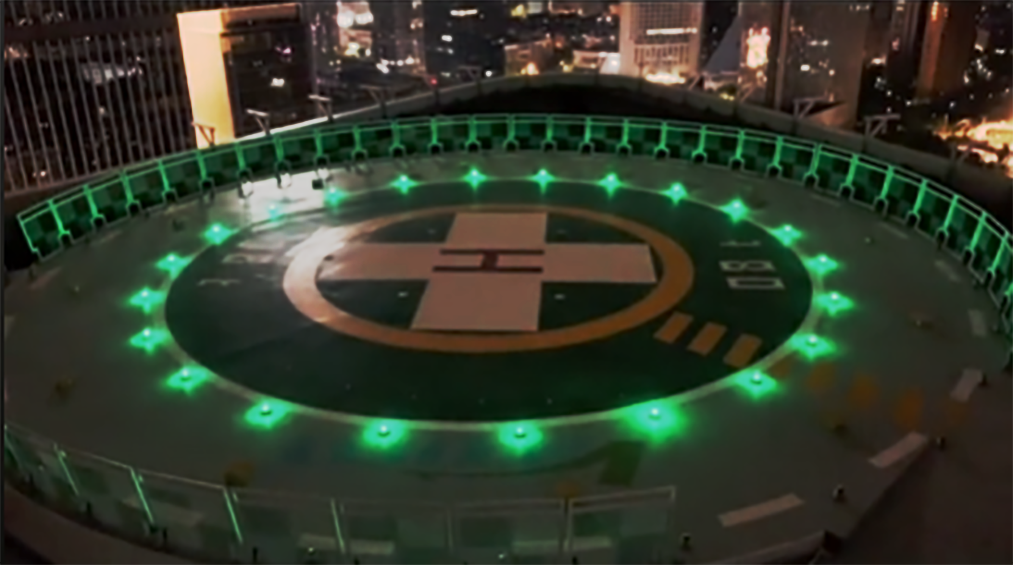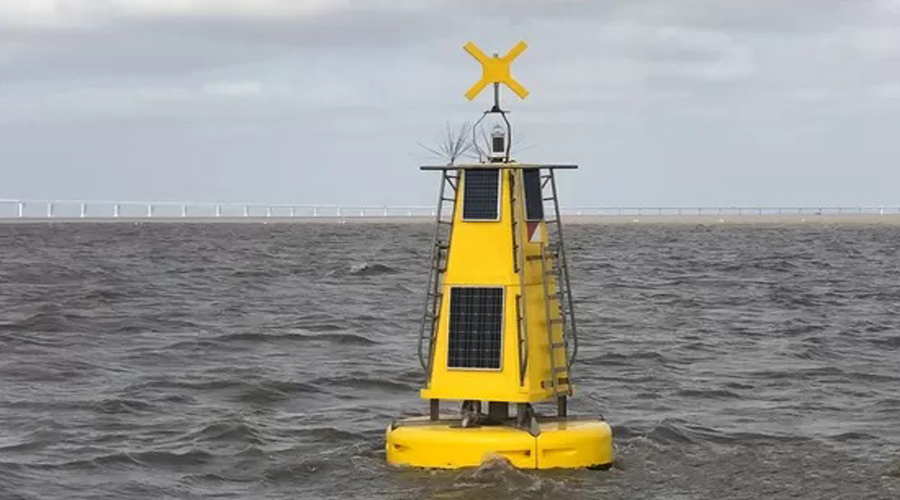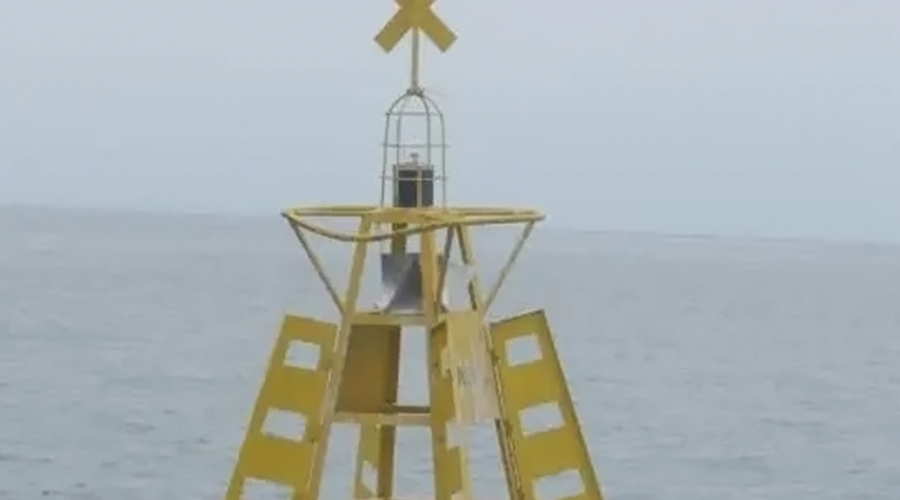
The Role of Wind Vane On Solar Helipad Lights
The wind vane is mainly used in solar apron lights to indicate wind direction, helping pilots determine the take-off and

The wind vane is mainly used in solar apron lights to indicate wind direction, helping pilots determine the take-off and […]
The wind vane is mainly used in solar apron lights to indicate wind direction, helping pilots determine the take-off and landing direction of helicopters. It also has a certain indication of wind speed.
Solar wind vanes are usually designed to be durable and have radio control functions for easy operation. They can use visible light and infrared rays for illumination to ensure clear visibility in various environments.
This article will focus on analyzing the special value and technical characteristics of airport wind vanes under solar power supply systems.
Modern apron wind vanes adopt a modular design and integrate multiple aviation warning functions:
1. Dynamic wind direction indication system:
It consists of a conical wind bag and bearing assembly that can rotate 360°. It reflects wind direction changes in real time through aerodynamic principles. Its standard length of more than 2.4 meters (ground airport) ensures long-distance visibility.
2. Multi-level lighting system:
A red LED obstacle light is set on the top to meet the ICAO night sign requirements, and adjustable angle floodlight groups are configured on both sides to achieve directional lighting of the wind bag, forming a three-dimensional space warning effect.
3. Intelligent control system:
The solar-powered wireless remote control module supports remote switch control and light intensity adjustment, and cooperates with energy storage battery packs to ensure continuous operation in continuous rainy weather.
Solar lights bring revolutionary improvements to the wind vane system:
1. Energy self-sustaining ability:
The conversion efficiency of monocrystalline silicon photovoltaic panels is more than 22%, and the lithium battery pack forms a 72-hour endurance, solving the line dependence problem of traditional power grid power supply.
2. Environmental adaptability:
Photoelectric components with IP68 protection level can work in extreme temperatures of -40℃ to 80℃, and adapt to harsh airport environments such as high humidity and salt spray corrosion.
3. Intelligent control system:
Integrated photosensors realize automatic adjustment of light intensity, maintain low power standby during the day, and automatically start full-power lighting mode at night.
1. All-weather visibility:
Solar airport light power supply ensures that the wind vane works continuously day and night, and the effective range of the red obstacle light is up to 3km, which meets the requirements of ICAO Doc 9770 standards.
2. Accurate wind speed indication:
Through the linkage design of the wind bag swing amplitude and the LED flashing frequency, the wind force level can be visualized to assist pilots in judging the feasibility of take-off and landing.
3. Anti-interference layout:
The installation position is optimized according to the airflow characteristics of the FATO area, and an independent support structure is used to avoid the influence of helicopter vortex. If necessary, a dual wind vane system is configured to back up each other.
According to the technical standards of ICAO:
1. Lighting parameters:
The wind bag illumination must be ≥500lux, the obstacle light flash frequency is 40-60 times/minute, and the entire approach area is effectively covered.
2. Structural strength:
The bearing assembly withstands ≥12 wind force, and the stainless steel frame has an anti-corrosion period of more than 20 years.
3. Installation specifications:
5-10 meters away from the edge of the apron, and the height exceeds the surrounding structures by more than 2 meters to ensure that the wind vane and airport apron lights are installed without obstruction of vision.
This solar-powered apron light and driven wind vane system has realized the intelligent upgrade of aviation safety facilities through energy autonomy and functional integration design. It not only reduces airport operation and maintenance costs by more than 30%, but also builds a dual guarantee system for flight safety through reliable energy supply and accurate wind direction indication.

The wind vane is mainly used in solar apron lights to indicate wind direction, helping pilots determine the take-off and
Solar low-intensity obstacle lights require choosing a suitable installation location to ensure that they can serve as a warning for

Solar apron lights are in demand at major airports, aprons, and buildings because of their environmental protection, economy, reliability, and

Marine lantern for buoys there are many types to choose from. Different buoy lights have multiple uses. And 350 kinds

Solar marine buoy lights are available in red, green and white colors, the color has different meanings. 350 kinds flashing
Copyright © 2024 Shaanxi Yuefeng Feiyao Technology Co., Ltd. | Powered by YFFY Lights